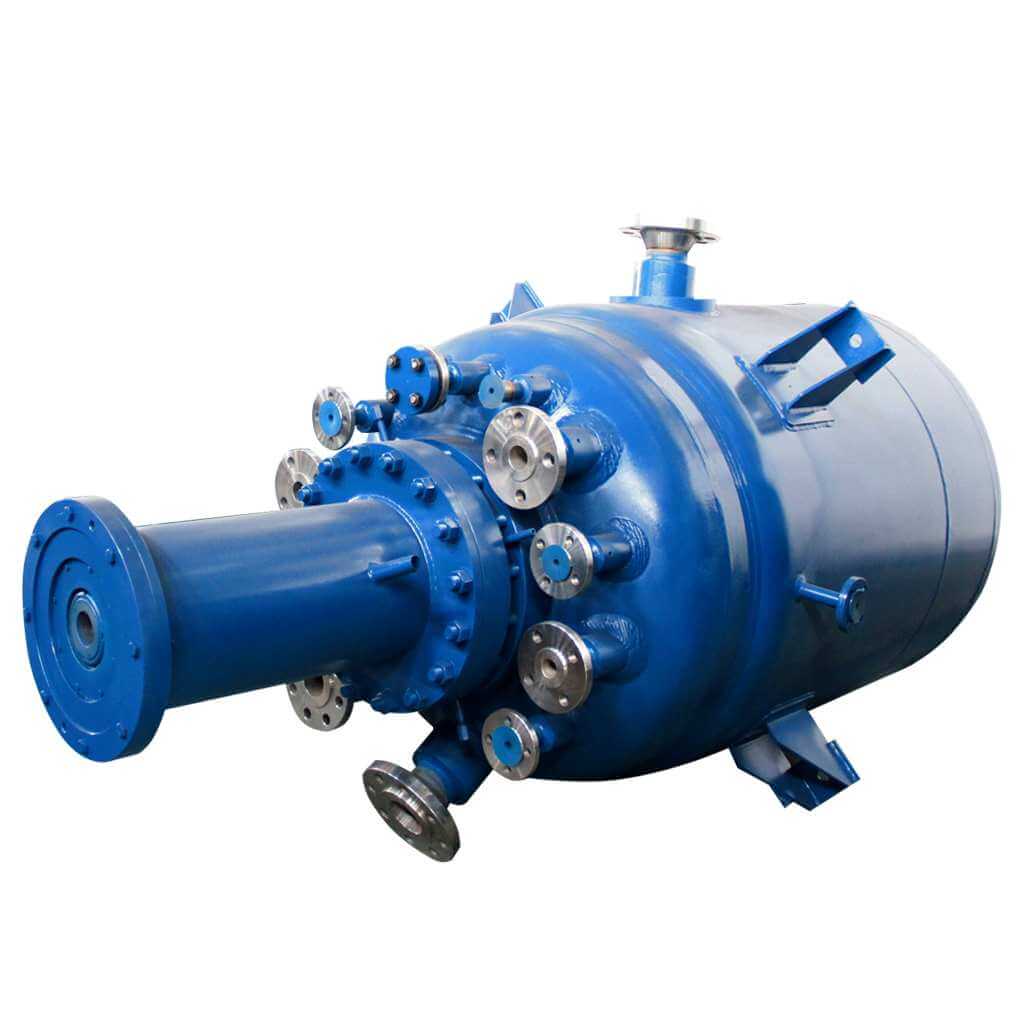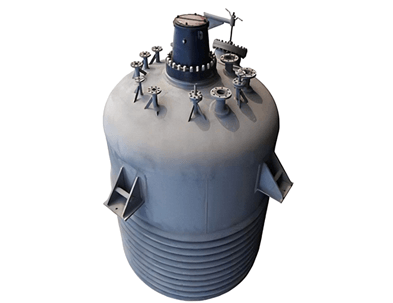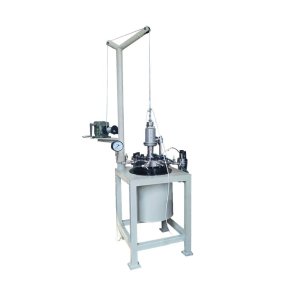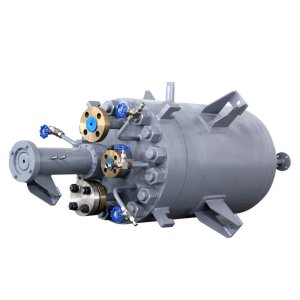Strong exothermic, medium, and high-pressure catalytic reactions are usually carried out in continuous hydrogenation reactors. Direct sampling of catalysts is very dangerous. Currently, most catalysts need to be used repeatedly, so the transition of catalysts is very important. At the same time, hydrogenation reaction is an emerging direction of scientific research, and large-scale research has begun in new energy utilization and petrochemicals. Hydrogen is lighter in density, difficult to mix gas and liquid, and is flammable and explosive. Therefore, the continuous hydrogenation reactor must have a gas alarm and reach the explosion-proof level.
Characteristics of the continuous hydrogenation reactor
The continuous hydrogenation reactor is compact in size, has a KF quick-twist design, and is easy to operate. It has the functions of high-temperature and low-temperature reactions, bottom tube sampling, catalyst filtration, etc. It supports insulation timing and start-up timing, dual timing mode, pressure digital display function, and free switching of multiple pressure units.
Compared with traditional reaction equipment such as high-pressure intermittent hydrogenation reactors, continuous hydrogenation reactors can use their microchannel advantages to solve problems such as small gas-liquid-solid three-phase interface contact area and low interphase transfer rate. Its high gas-liquid mass transfer efficiency and plug flow characteristics can also achieve highly selective deprotection and significantly shorten the reaction time.
The continuous hydrogenation reactor has special height-to-diameter ratio requirements and is equipped with coils and jackets to meet the requirements for material preheating and reaction heat dissipation. Accessories to improve the flow field should also be installed in the continuous hydrogenation reactor to prevent mixing dead zones and improve heat exchange capacity. Its stirring device consists of a driving mechanism, a hollow shaft, a shaft seal, a self-priming impeller, and a high-efficiency axial flow propeller. The high-speed running self-priming hollow impeller can circulate a large amount of liquid inside and outside the impeller. According to the Venturi injection principle, the gas on the liquid surface is entrained by the high-speed moving liquid through the hollow stirring shaft and then discharged from the impeller. In this way, the gas is continuously sucked into the deep liquid phase in the continuous hydrogenation reactor and is stirred and dispersed, repeated over and over again, forming a uniform gas-liquid mixing system. Achieve efficient gas-liquid contact, strengthen the gas-liquid mass transfer process, and shorten the gas-liquid reaction time. The function of the bottom layer of the high-efficiency axial flow impeller is to evenly suspend the catalyst and evenly disperse the gas ejected from the self-priming impeller within the continuous hydrogenation reactor, including its bottom.
In catalytic hydrogenation reactions, many catalysts are relatively active and will spontaneously ignite when exposed to air. Different types of catalysts require different filtration systems, such as sedimentation inside the kettle, sedimentation outside the kettle, microporous filtration, filter press, etc. Some filtration systems also need to be equipped with safety filters and catalyst deactivation systems.
The difference between a continuous hydrogenation reactor and a hydrogenation reactor
1.It can be directly connected to the hydrogen cylinder, and can also be equipped with a high-pressure and high-purity hydrogen generator.
2.A sampling port is reserved to achieve mg-level reactions.
3.The high-throughput version can realize kilogram-level product customization.
4.The continuous hydrogenation reactor is small in size, the device has intrinsic safety properties and can be placed in a fume hood to work.
5.The sampling port device can realize real-time sampling of reaction system samples.
6.The entire hydrogenation process is fully controlled to avoid differences between batches.
7.The hydrogenation process is strengthened and the reaction time is shortened to within 3 minutes.
8.It can be equipped with online UV-visible and Fourier mid-infrared detectors to achieve real-time online monitoring and analysis.
9.An optional online sample automatic sampler can be used to regularly sample hydrogenation products, eliminating the trouble of manual sampling.
10.200℃ reaction temperature and 10MPa system working pressure, suitable for a wide range of hydrogenation applications.
The continuous hydrogenation reactor is based on the characteristics of the catalyst used in intermittent production and two-kettle series continuous production devices. It uses a technologically advanced metal membrane as the filter element. The new continuous hydrogenation reactor has a built-in catalyst filtration system. The continuous hydrogenation reactor adopts a system-sealed design to ensure 100% zero leakage of the catalyst, good metal film regeneration performance, and longer service life. While improving filtration efficiency, it also solves safety and environmental protection issues, improves economic benefits, and creates value for users.






